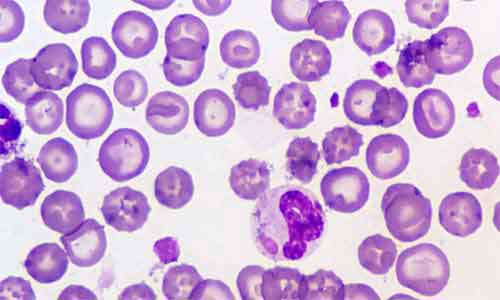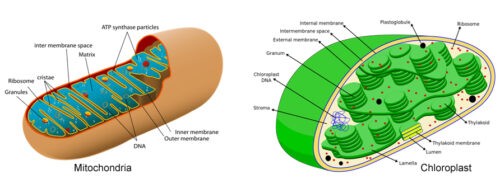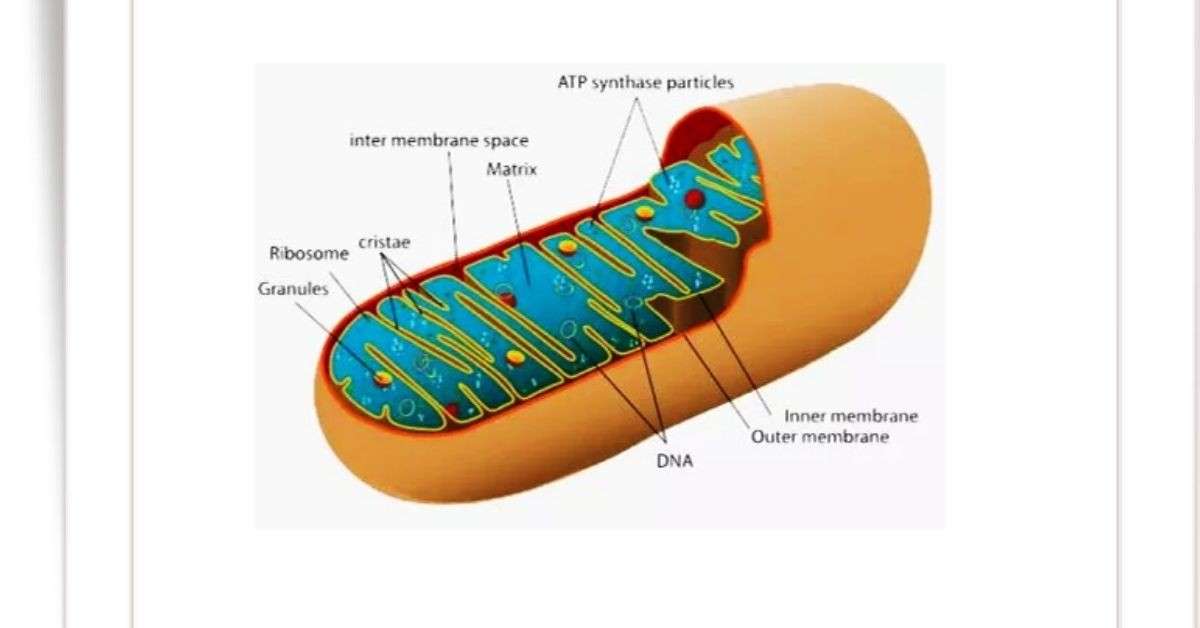Difference Between Prokaryotic and Eukaryotic Cell
On the basis of internal structure, cells are of two types: Prokaryotic and Eukaryotic cells. Prokaryotic cells are simple and small in size while eukaryotic cells are complex and large in size. Eukaryotic cells have true nucleus and nucleolus with different types of membrane-bound cell organelles such as Endoplasmic reticulum, Golgi body, Mitochondria etc. Well … Read more






